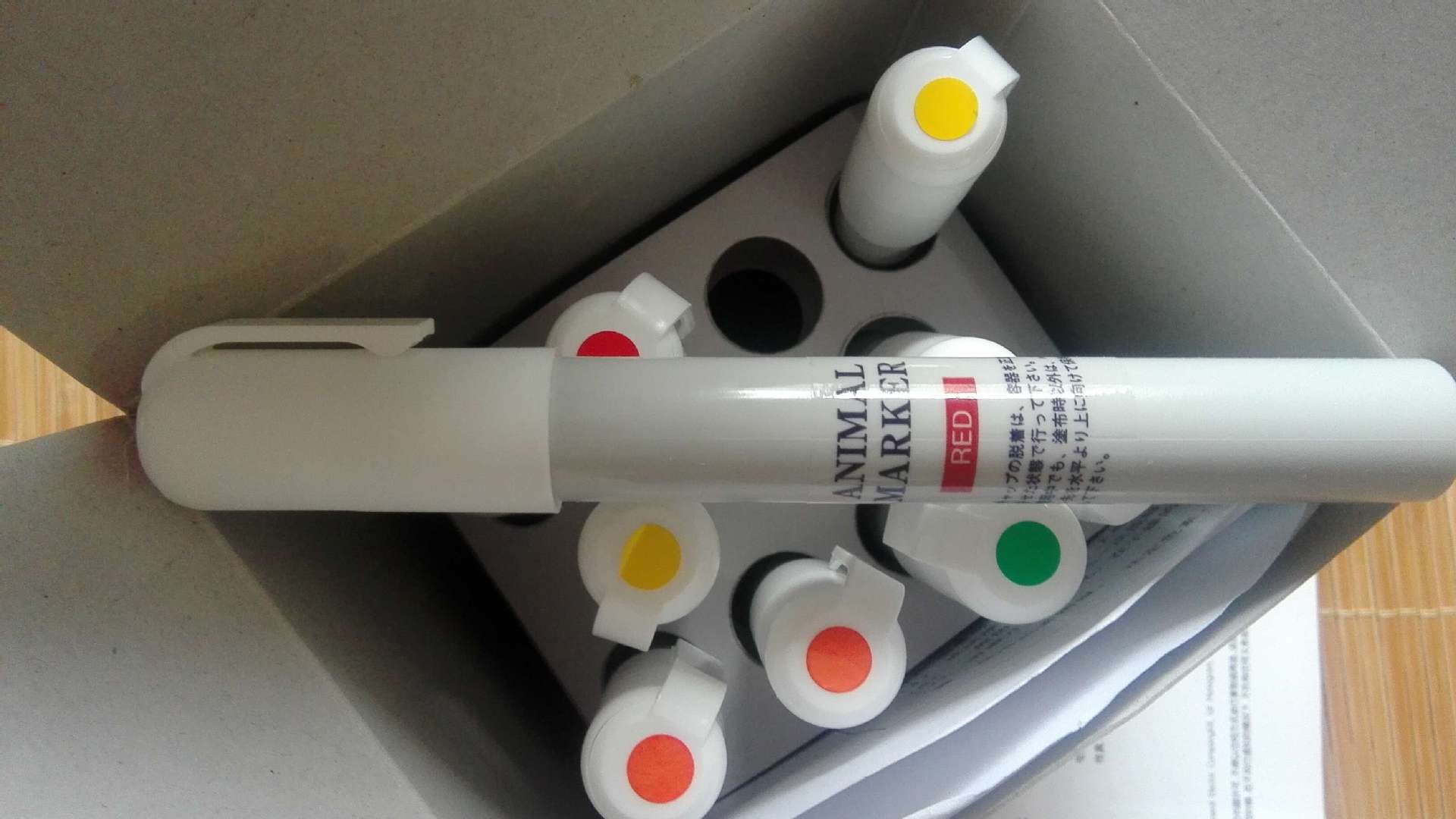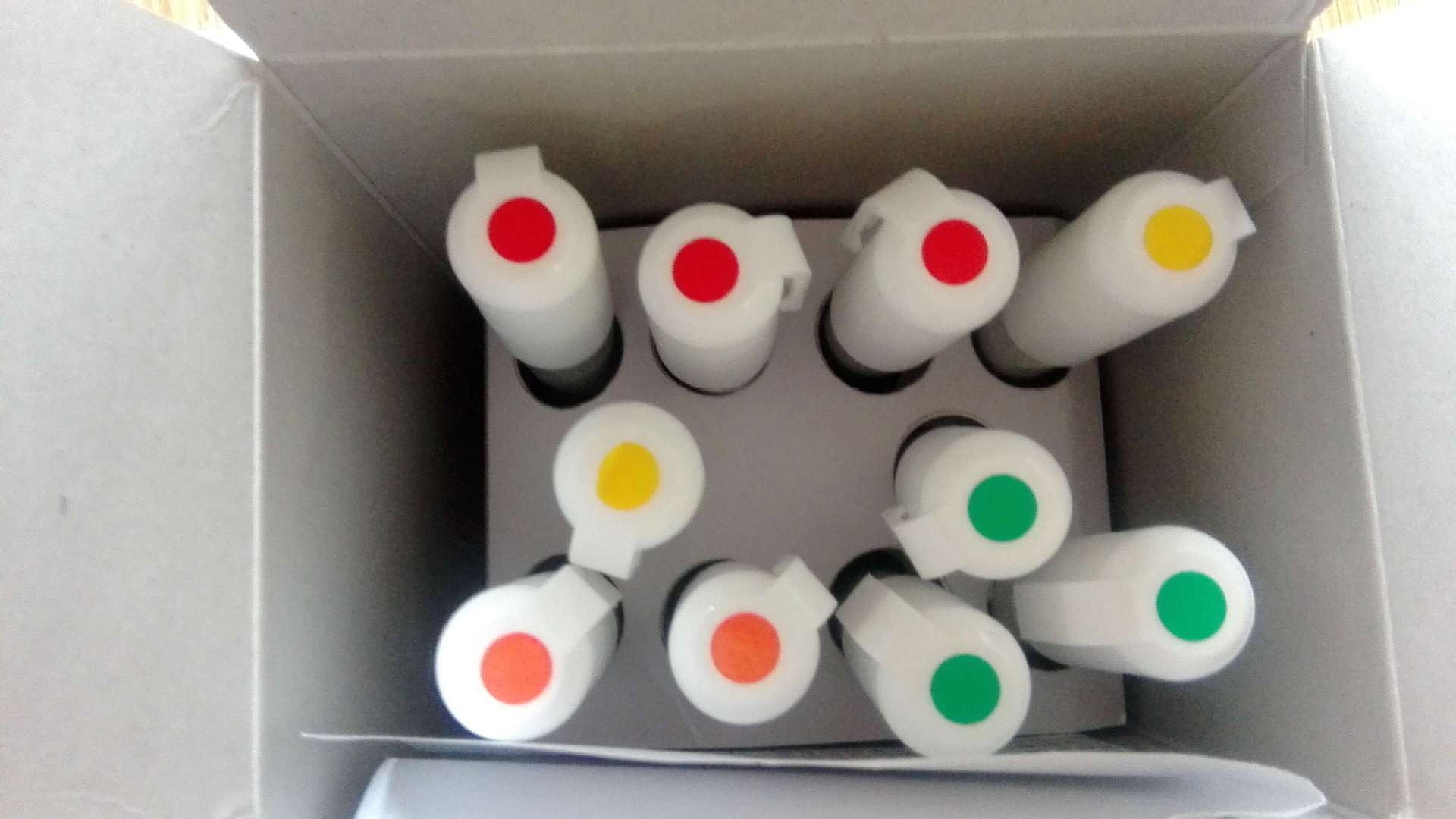上海金畔生物科技有限公司提供5202一次性小鼠灌胃针 M340444
日本进口小鼠软管一次性灌胃针
5202一次性小鼠灌胃针 M340444 详情
日本进口Ptfe软管材质 一次性小鼠灌胃针
|
此灌胃针使用Ptfe软管材质,前端附有硅胶软球。可以有效减少对肺部以及邻近器官的损伤。操作简便。
适用于多种小型实验动物,规格齐全,更可根据您的需求尺寸进行定制。
5根配套小包装,EOG灭菌。
动物安全标记笔Animal Marker
使用日本厚生省法定色素,无毒性,经急性经口实验验证对实验动物无伤害
动物安全标记笔Animal Marker :
CatNo. 蓝 绿 红 黄 橙
容量 AM15:15 ml
包装数量 1盒:10支装 (各2支 / 色 可自由配色)
动物安全标记笔:
1,可简便并放心使用的标记笔,使用日本厚生省法定色素。
2,配备了5种高识别度色彩(蓝,绿,红,黄,橙)。
3,对动物皮肤、体毛的渗透力较强,即便被舔舐也不易掉色。
4,一支标记笔用于实验动物老鼠上大致可处理400-600只。
5,绝对保证长期试验过程中不褪色,在一般条件下可保持6-12周的良好辩识度。
固话总机:021-50837765
订货热线:15221999938
qq号:2743691513 1042640511
微信号:jinpanbio
网 址: www.jinpanbio.com
金畔博客:www.jinpanbio.cn
Email:sales@jinpanbio.com
更多 www.jinpanbio.com.cn www.utopbio.com



